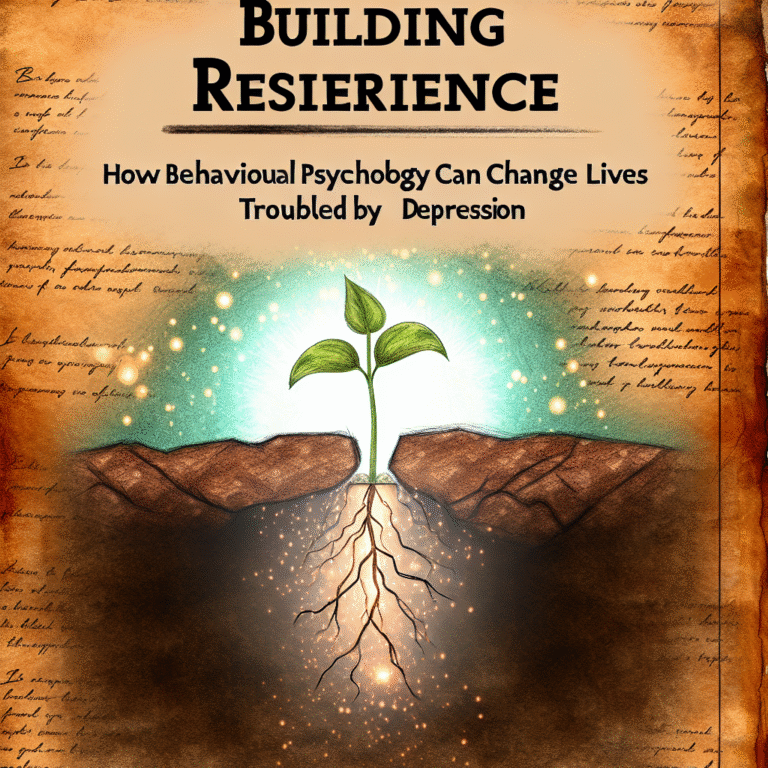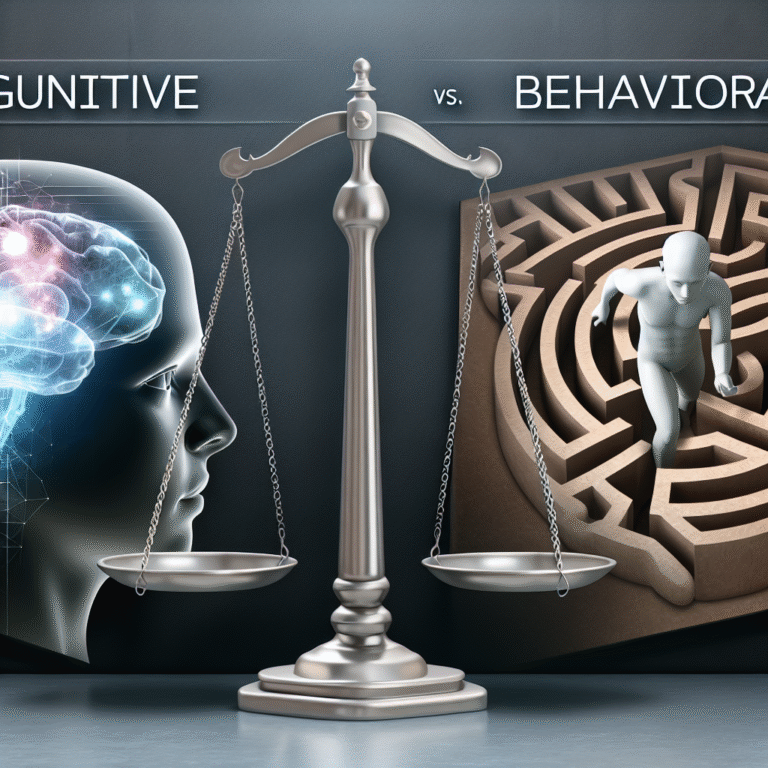
Discover Serenity: The Ultimate Mindfulness Exercises to Soothe Your Mind
Introduction
In the hustle and bustle of modern life, finding moments of peace can feel like an impossible task. Stress is an ever-present companion, weighing down our thoughts and emotions. Enter the world of mindfulness—a powerful practice that allows us to reconnect with the present and discover the serenity we so desperately seek. In this article, we explore "Discover Serenity: The Best Mindfulness Exercises to Soothe Your Mind." By engaging in these proven exercises, you can learn to calm your mind and cultivate a sense of inner tranquility.
The Importance of Mindfulness
Before diving into specific exercises, it’s essential to understand what mindfulness is and why it matters. Mindfulness is defined as the psychological process of bringing one’s attention to the present moment. It involves observing one’s thoughts and feelings without judgment. Numerous studies have demonstrated the positive effects of mindfulness, including reduced stress and anxiety, improved emotional regulation, and better overall well-being.
Case Study: The Impact of Mindfulness on Stress Reduction
A prominent study published in the Journal of Health Psychology involved participants practicing mindfulness exercises for eight weeks. The results revealed significant reductions in cortisol levels—a hormone linked to stress—among those who engaged in regular mindfulness sessions compared to a control group.
Discover Serenity: Mindfulness Exercises
1. Mindful Breathing
Mindful breathing is one of the simplest yet most effective mindfulness exercises. It involves focusing solely on your breath, bringing awareness to each inhale and exhale.
How to Practice Mindful Breathing:
- Find a comfortable seating position.
- Close your eyes and take a deep breath in through your nose.
- Hold for a moment, then exhale slowly through your mouth.
- Continue this for five minutes, bringing your attention back to your breath whenever your mind begins to wander.
2. Body Scan Meditation
This exercise involves mentally scanning your body for areas of tension or discomfort. It’s a powerful way to connect with your physical self and release stress.
How to Practice:
- Lie down in a comfortable position.
- Close your eyes, and take a few deep breaths.
- Begin at your toes, mentally noting any sensations or tension.
- Slowly move up your body through your legs, torso, arms, and head.
3. Guided Visualization
Guided visualization allows you to create a calm and peaceful mental space. This exercise is particularly beneficial for those who struggle with traditional meditation.
Steps to Practice Guided Visualization:
- Sit or lie down comfortably.
- Close your eyes and take a few deep breaths.
- Picture a serene place, such as a beach or forest. Engage all your senses to create vivid imagery.
- Imagine yourself there, exploring, and fully experiencing the tranquility of this environment.
Analysis of Visualization Techniques
Research shows that guided visualization can improve emotional regulation and resilience. One study found that participants reporting higher levels of imaginative engagement also had lower anxiety levels.
4. Loving-Kindness Meditation
This practice involves sending love and kindness towards yourself and others. It’s an effective way to counteract negative thoughts and feelings.
Steps to Engage in Loving-Kindness Meditation:
- Sit comfortably with your eyes closed.
- Begin by sending kind thoughts to yourself.
- Gradually extend these wishes to loved ones, acquaintances, and even those you may have conflicts with.
5. Mindful Walking
Combining mindfulness with physical activity can elevate your practice. Mindful walking allows you to immerse in the present while benefiting from movement.
How to Practice Mindful Walking:
- Choose a quiet space for your walk.
- With each step, focus on the sensations in your feet and legs.
- Pay attention to your surroundings, the sound of your footsteps, and the rhythm of your breathing.
6. Journaling
Reflective journaling is a powerful mindfulness tool. It can help you process emotions, clarify thoughts, and gain insight into your behaviors.
Tips for Journaling Mindfully:
- Set aside a quiet time each day to write.
- Focus your writing on your feelings, thoughts, and experiences without judgment.
- Reflect on your entries regularly to track your progress.
Incorporating Mindfulness into Daily Life
Integrating mindfulness exercises into your routine can provide enduring benefits. Here are some practical tips to make mindfulness a part of your day:
Morning Ritual: Start Your Day Mindfully
Begin your day with a short mindful exercise. Whether it’s mindful breathing or a gratitude practice, this gentle start can set a positive tone for the rest of the day.
Mindful Eating: Savor Your Meals
Instead of rushing through meals, take time to truly savor each bite. Notice the flavors, textures, and aromas, transforming eating into a mindful experience.
Digital Detox: Unplug to Find Serenity
Consider taking a break from technology. Schedule regular intervals throughout your day to unplug from devices, allowing for moments of mindfulness without distractions.
Tables and Charts for Clarity
Table 1: Benefits of Mindfulness Exercises
| Exercise | Benefits |
|---|---|
| Mindful Breathing | Reduces anxiety; improves focus |
| Body Scan Meditation | Relieves physical tension; promotes relaxation |
| Guided Visualization | Enhances emotional resilience; reduces stress |
| Loving-Kindness Meditation | Fosters positive emotions; improves relationships |
| Mindful Walking | Combines exercise with mindfulness; increases well-being |
| Journaling | Clarifies thoughts; enhances self-awareness |
Conclusion
"Discover Serenity: The Best Mindfulness Exercises to Soothe Your Mind" emphasizes the necessity of integrating mindfulness into our busy lives. By embracing these exercises, individuals can cultivate a deep sense of peace and calm amid the chaos. Remember, mindfulness isn’t a destination but a journey—one that invites you to reconnect with yourself and discover the tranquility that resides within.
Motivational Takeaway
"Mindfulness is not just about focusing on the present. It’s about accepting the present." Embrace your journey towards mindfulness and share this transformative experience with others.
FAQs
1. What is mindfulness?
Mindfulness is the practice of being fully present in the moment, aware of your thoughts and feelings without judgment.
2. How can mindfulness help with stress?
Mindfulness helps reduce stress by promoting a greater awareness of the present, which can lower anxiety levels and improve emotional regulation.
3. How long do I need to practice mindfulness each day?
Even a few minutes a day can be beneficial. Gradually increasing your practice can enhance its effects over time.
4. Can mindfulness be practiced anywhere?
Yes, mindfulness can be practiced anywhere—at home, in the office, or even during commutes.
5. Are there any resources for beginners?
Many apps and websites offer guided mindfulness exercises suitable for beginners. Look for those with user-friendly interfaces and beginner-friendly content.
Incorporating these strategies into your life can help you discover serenity and lead you toward a more peaceful and fulfilling existence. Enjoy the journey!














